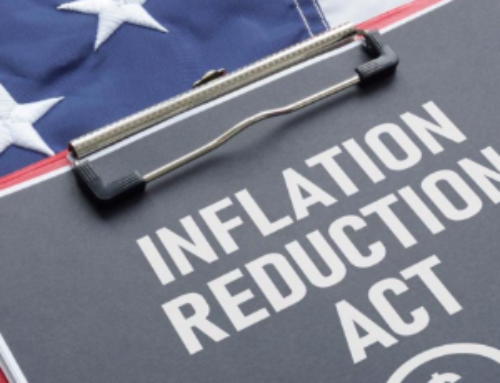As we move into our senior years regular eye exams with an ophthalmologist become increasingly important to preserve our sight. Presbyopia which is farsightedness caused by loss of elasticity of the lens of the eye, can begin as early as our 40’s and increase with age.
Even seniors without age-related eye diseases may have vision changes that might not be obvious. For instance, it may gradually become harder to distinguish an object from its background when they are the same color (like a white coffee cup sitting on a white table). This is called loss of “contrast sensitivity.”
For seniors, the ability to see well in different lighting may also change. When going from a well-lit area to one with poor light (or the other way around), your eyes may take longer to adjust and focus, or they don’t adjust very well.
These exams are even more important if you have high blood pressure, diabetes or a family history of eye disease. Vision problems may develop with no physical symptoms until they’re quite advanced. At your yearly exam the doctor can look for signs of the following:
- Cataracts: A condition that causes clouding of the eye’s lens. Cataracts can usually be corrected with surgery.
- Diabetic retinopathy: A condition related to diabetes; diabetic retinopathy causes damage to the blood vessels in the back of the eye. It is the leading cause of blindness in adults.
- Macular degeneration: This age-related vision problem affects the light-sensitive tissue in the eye. It can lead to blindness.
- Retinal tearing: Seniors are also at higher risk for small lacerations in the inner lining of the eye. These can lead to a dangerous retinal detachment or other conditions that impact vision, like black spots or floaters.
- Glaucoma: This is a term to describe a group of diseases that damage the optic nerve in the eye. It can lead to serious vision loss. Early intervention often helps prevent blindness.
As Americans age, vision impairment, balance and mobility issues, and loss of muscle strength can all contribute to falls According to the CDC (Center for Disease Control) One in four adults aged 65 and older, or about 36 million seniors, fall each year. One-fifth of those who fall suffer head injuries or broken bones. Sadly, more than 32,000 older adults die each year because of falls. Another compelling reason to maintain our visual health in check.
The American Academy of Ophthalmology recommends that adults over the age of 65 have an annual eye exam that includes dilating your eyes. This gives the doctor a better look at the retina and optic nerve so they can identify any potential problems and intervene early. Keeping up with regular eye exams allows your ophthalmologist to catch problems early. The sooner a problem is detected, the more likely it is that treatment will be successful.
Seniors on Medicare should be aware of how they can be covered for there vision care. Original Medicare, Part A and Part B, offers limited vision coverage, and you’re not covered for most routine eye care. Which includes eye exams for glasses for contact lenses. However, some Medicare Advantage plans may offer additional benefits, which can include routine vision care. In addition, supplemental insurance plans can be purchased separately for things like vision and dental coverage.
Here at BEW Financial we are always available to assist in any of your healthcare insurance needs or questions. Please feel free to reach out to us at 973 831-2188.










